Foraging Safety Guide: Tips for Pinecones, Acorns, Flowers, and More
Don’t you love gathering free foraged elements for fall and holiday decorating? It sounds wonderful, but there are some pitfalls if you don’t take safety precautions. In today’s article, I’m sharing foraging safety tips to scavenge for free pinecones, acorns, wildflowers, and more. You’ll never have to fear about a foraging disaster again.
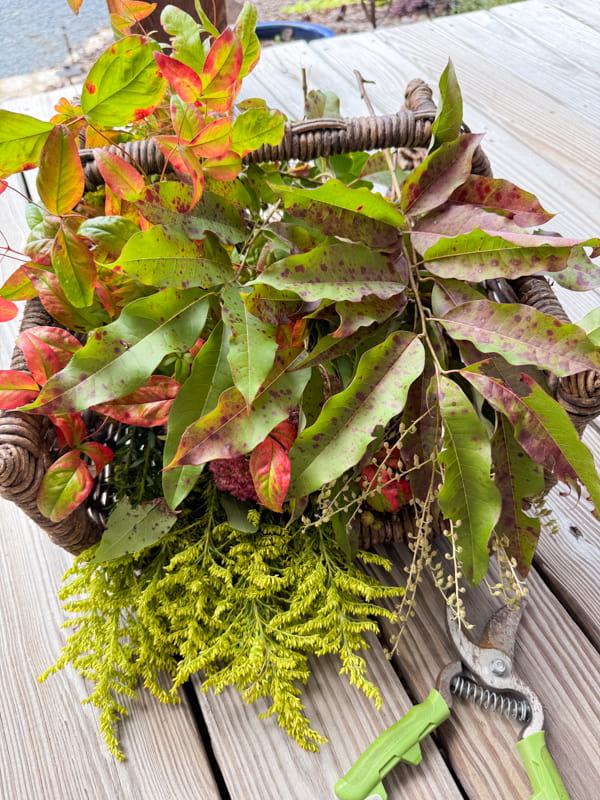
(Posts on The Ponds Farmhouse may contain affiliate links. As an Amazon Associate, I earn from qualifying purchases. See the full disclosure details here.)
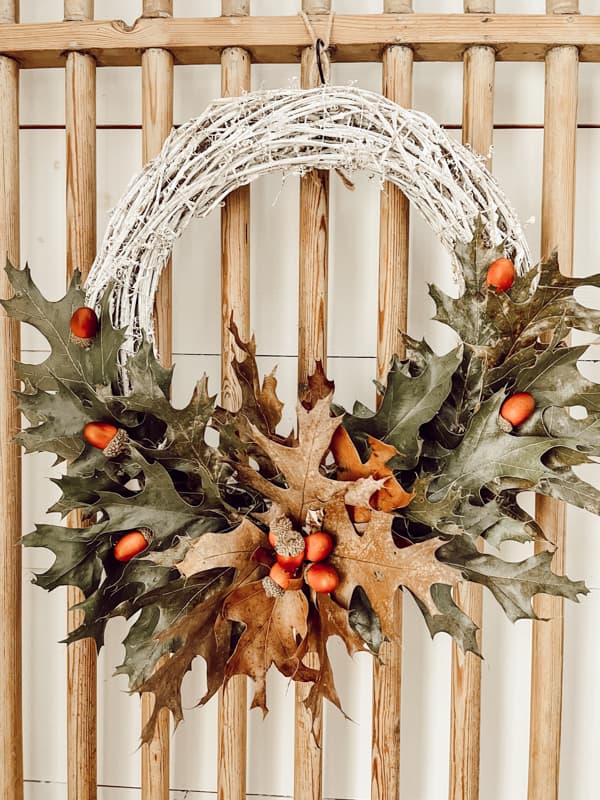
Table of contents
What Can You Scavenge For Free?
I love fall decorating with natural materials because they help create rustic floral arrangements, centerpieces, and wreaths and contribute to amazing vignettes.
So what are some of the best natural elements to scavenge for?
- Pinecones
- Dried Pods – such as milkweed, okra, lotus, and magnolia seed pods.
- Sweet Gum Balls
- Fall Foliage
- Magnolia Leaves
- Dried Flowers and Berries
- Acorns
- Nuts
- Wild fruits such as persimmons.
- Corn Stalks
- Wildflowers include goldenrod, wild black-eyed Susans, Queen Anne’s lace, daisies, and dandelions.
- You may enjoy a view of the DIY centerpiece made with foraged items.

What Supplies Do You Need For Foraging?
Although I am prone to come home with pockets full of acorns or nuts after a walk, it’s best to go prepared for foraging.

When you are heading into the woods to gather your supplies, you should take safety precautions, especially if you are walking in the woods, high grass, or weeds. Those free pinecones or flowers will not be appealing if you encounter a snake or come home with ticks or chiggers on your body.
I recommend applying an insect-repellent spray before you head out. For best results, cover your entire body and clothing. Even in open areas where pinecones may be found, you can easily pick up these unwanted critters. Many natural repellents are safe to use.
In addition, it’s best to wear protective gloves and boots. The gloves will protect your hands from prickly branches and pinecones, while the boots will protect you from other wildlife predators.
Be sure to carry a large container to hold all your finds and pruning shears to cut wildflowers. If you are gathering several items, you may want to have separate containers.
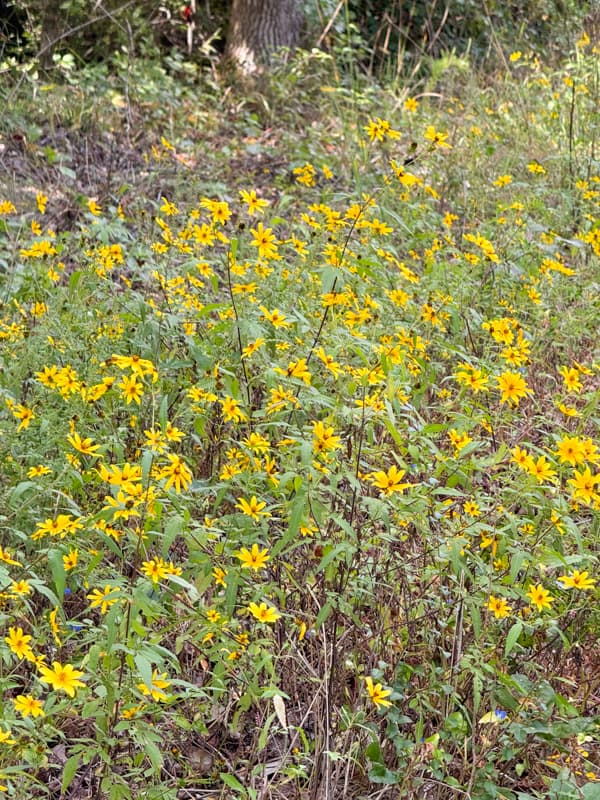
Here are the tools and supplies I recommend for your next foraging adventure.
- A basket or other container to hold foraged materials.
- Pruning Shears
- Gloves
- Gardening Boots
- Insect Repellent Spray Natural option.

Foraging For Quality Materials
You want to choose good quality foraged materials. Look for pinecones and sweet gum balls recently falling from the trees. One that has been on the ground longer may have started to rot and will be more likely to have insects. The same holds true with acorns and nuts. If the shell is cracked or soft, leave it for the squirrels. You are less likely to bring bugs home if you inspect your foraged finds as you gather them.
When gathering wildflowers, the best time to cut is early morning, just after the dew dries and before the heat of the day. Place them in water as quickly as possible to prevent wilting.
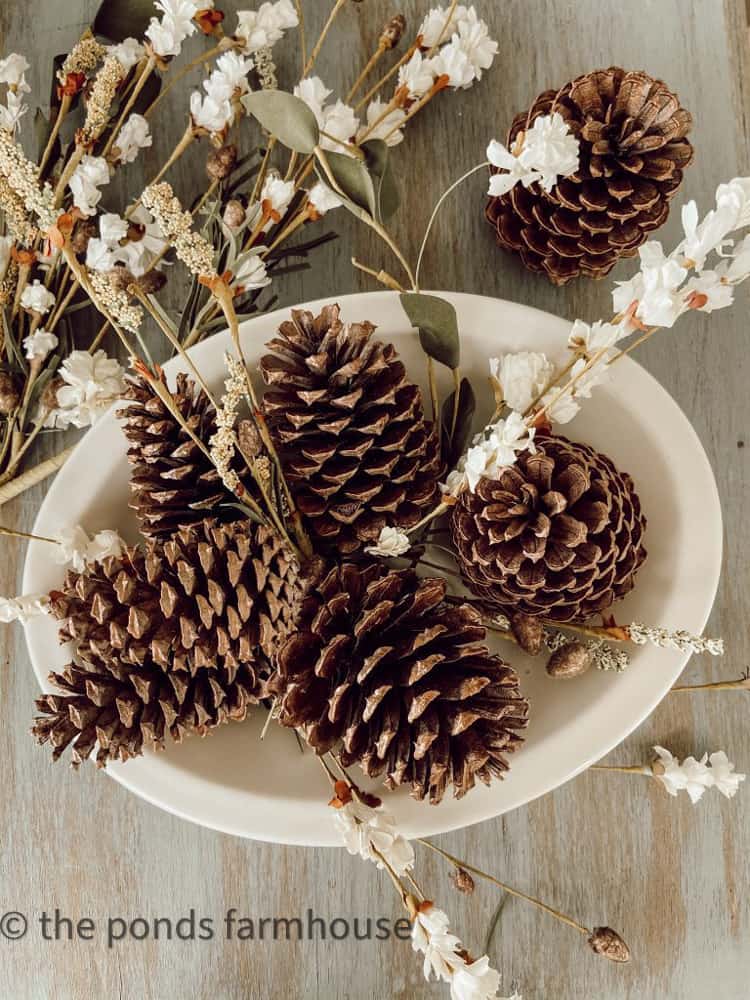
How To Get Rid Of Unwanted Bugs?
One of the biggest risks you encounter when bringing foraged elements into your home is the possibility of a few bugs coming with them. So, let’s talk about how you can easily avoid unwanted guests.
Freeze Foraged Elements To Kill Bugs
My preferred method is to freeze my foraged elements. There’s no need to purchase expensive bags, because you can place larger items like pinecones and sweet gum balls in a plastic grocery bag. Tie the handles together and place the bag in the freezer for a few days. Acorns and nuts can be frozen in those same bags or in ziplock bags. Once they have been in the freezer for a few days, you can remove them and start your projects or decorate with them.


Baking Pinecones, Acorns, Etc.
Another method to kill unwanted bugs in your pinecones, acorns, sweet gum balls, and other dried materials is to bake them in your oven. Although effective, this method can be more time-consuming. You must watch your oven closely to avoid accidentally burning your scavenged materials. Any dried material can easily catch fire, and caution is recommended. If you try this method, keep your oven on a low temperature and don’t leave it unattended.
Soaking Method
You can soak your foraged pinecones, acorns, sweet gum balls, and other items in either a saltwater or vinegar water solution. You will need a large container to hold the solution and your foraged treasures.
- Vinegar solution: Mix water and vinegar 50/50 and soak for 30 minutes and the acidity will kill any bugs. Lay your foraged items on a drying rack in the sun to dry.
- Saltwater solution: Add 1/2 cup of salt per gallon of water and stir until mixed. It’s best to use warm water to dissolve the salt. Add foraged materials for 30 minutes; the salt will dehydrate and kill the bugs. Allow to dry on a rack in the sun.
Although this method is effective and safe, it is more labor-intensive, and the drying time can delay your projects.
How To De-Bug Wildflowers
To de-bug wildflowers, foraged leaves, and branches, it’s best to wash them before bringing them inside. Use a low-pressure sprayer to gently rinse away any critters. You can also use a spray bottle with a very small amount of dish detergent mixed with water if you prefer. Then, lay your wildflowers on an open grate or rack so that they have good air circulation to dry. You will want to avoid direct sunlight for your wildflowers, as they will wilt.
After your flowers are dry, double-check them for bugs before bringing them inside your home.

Insider Tip: How To Clean Dirty Pinecones
I recently picked up some pinecones along a sandy road. Needless to say, they were filled with sand and debris. I tried shaking them clean to no avail. What I found worked like a charm was a small flat paintbrush. The flat brush easily slips between the scales and loosens to remove the sand.
What Can You Do With Foraged Elements?
So you’ve gone foraging and have baskets of pinecones, sweet gum balls, acorns, and more. Now, what are you going to do with them? I love using foraged elements in my craft projects and decorating ideas for fall and Christmas. So here are some of my favorite free decorating ideas.
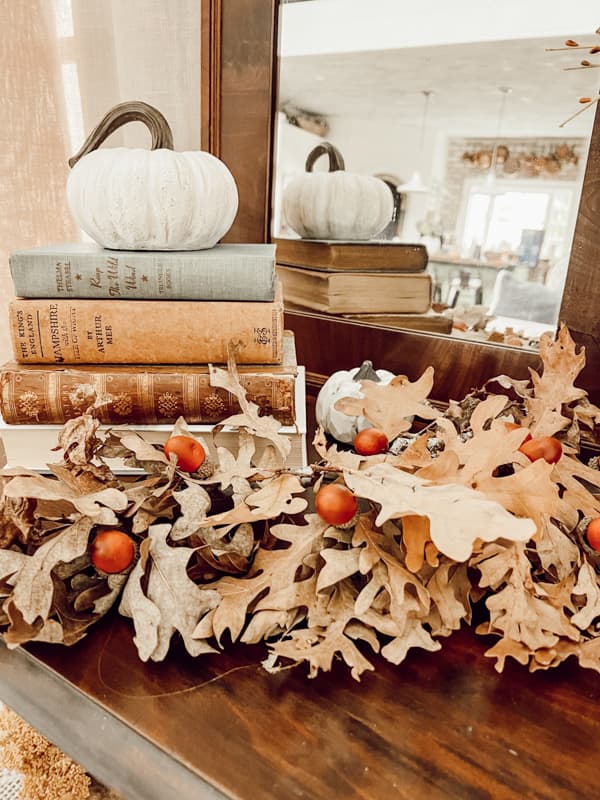
Fill Bowls and Containers
Fill containers and bowls with acorns, nuts, and other small items gathered while foraging. Baskets filled with pinecones are another great decor choice.


Use acorns, nuts, and other small scavenged materials to surround candles. Look for more ideas at 10 Nature Inspired Easy Fall Decorating Ideas.
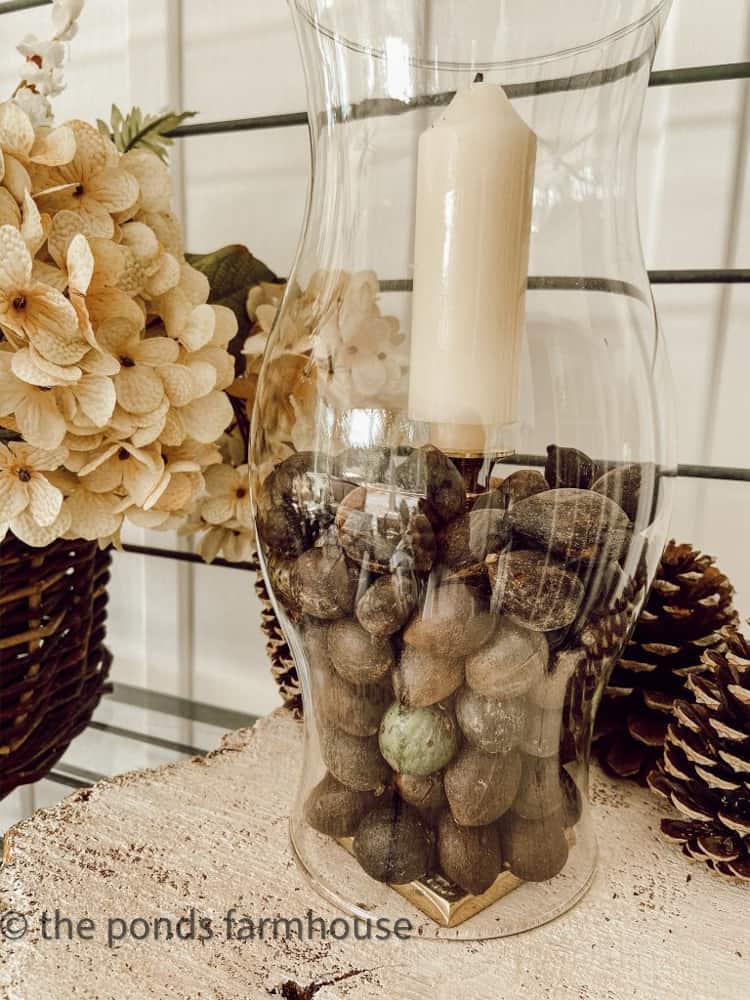
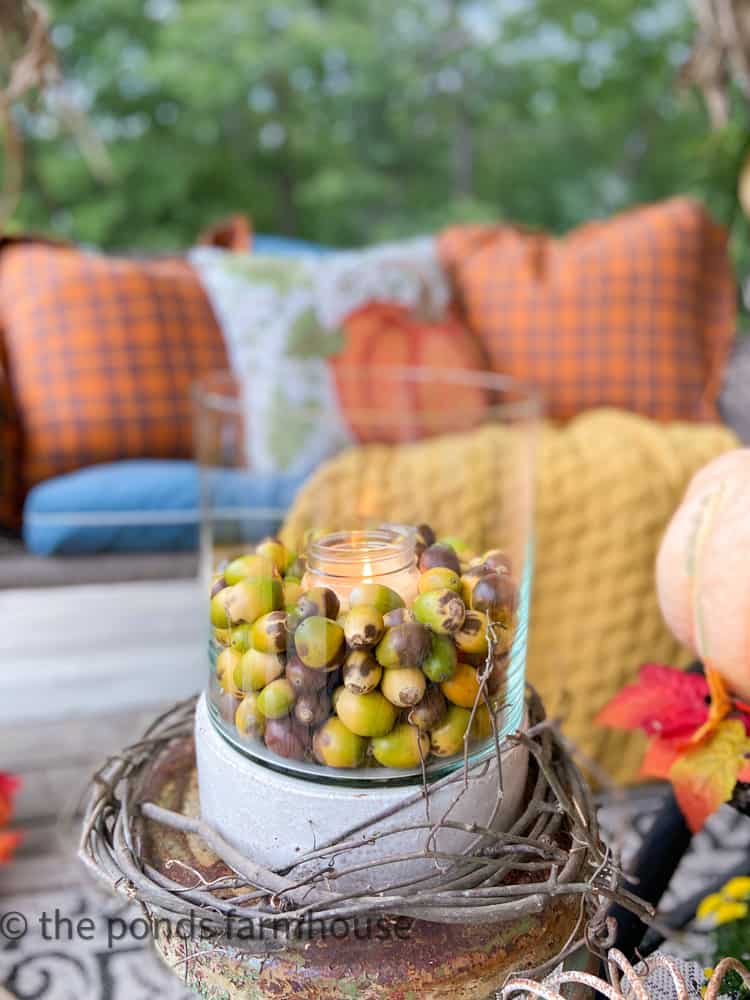
A combination of dried wheat, okra, pinecones, and persimmon stems fills a dough bowl to make a fall table centerpiece.
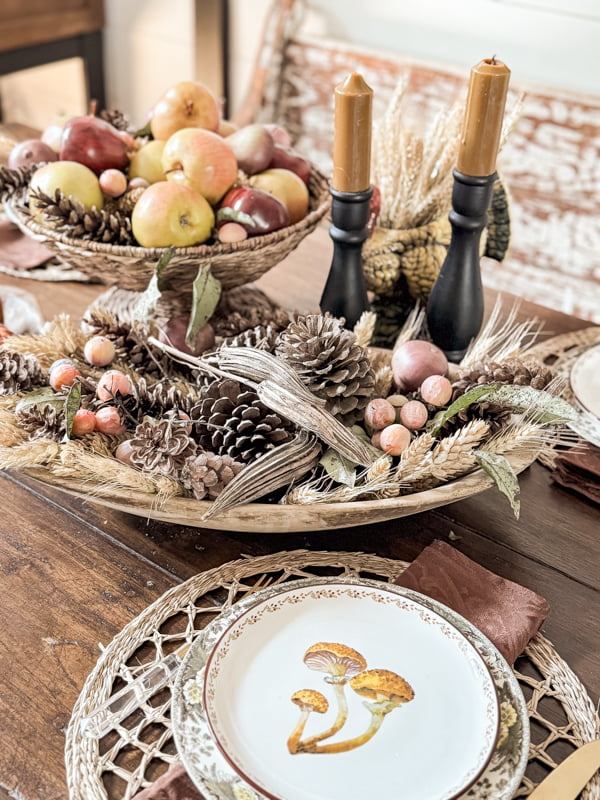
Add sweet gum balls to skewers, tree branches, or floral wire to make stems. These easy crafts can be used all around the house.


See how I used these stems for a foraged fall floral arrangement.
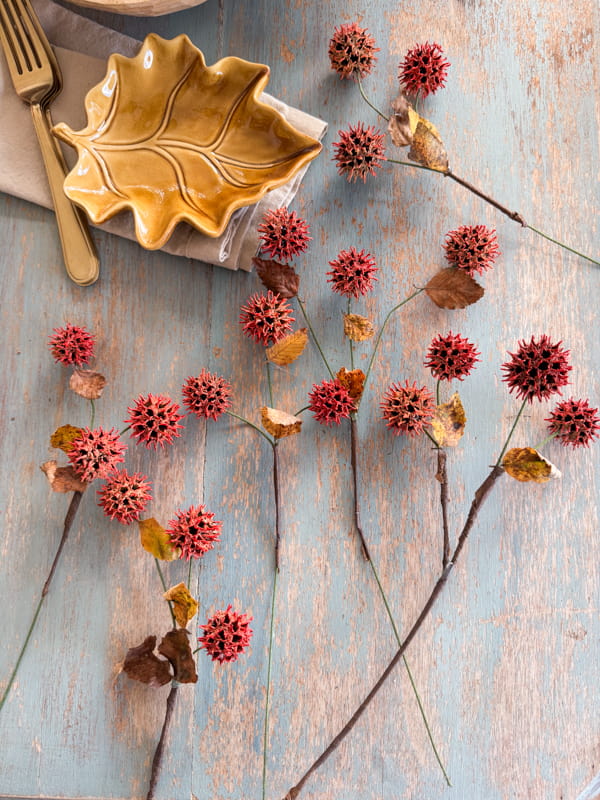
Pinecones are great for wreaths, swags, or other craft ideas. See this Fall Swag made from foraged pinecones.
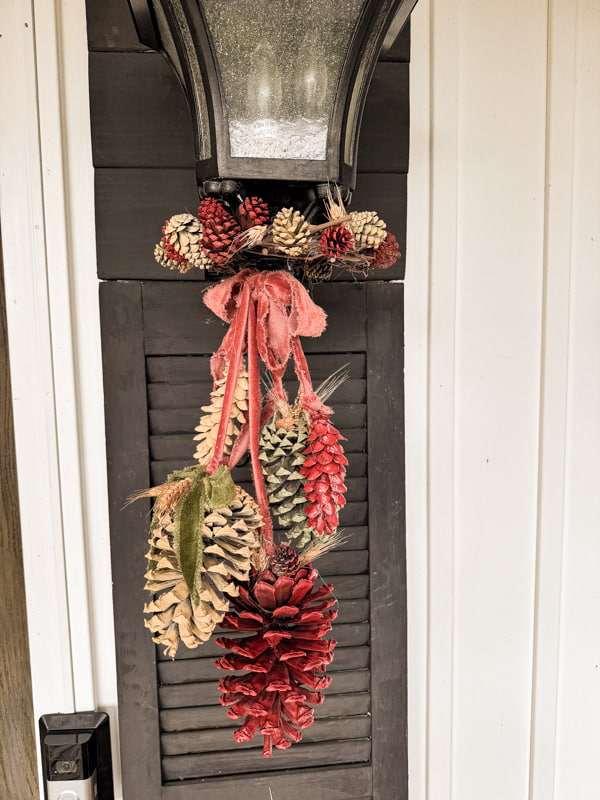
They are great for Christmas decorating. Just add a little fake snow for stunning holiday decorations.
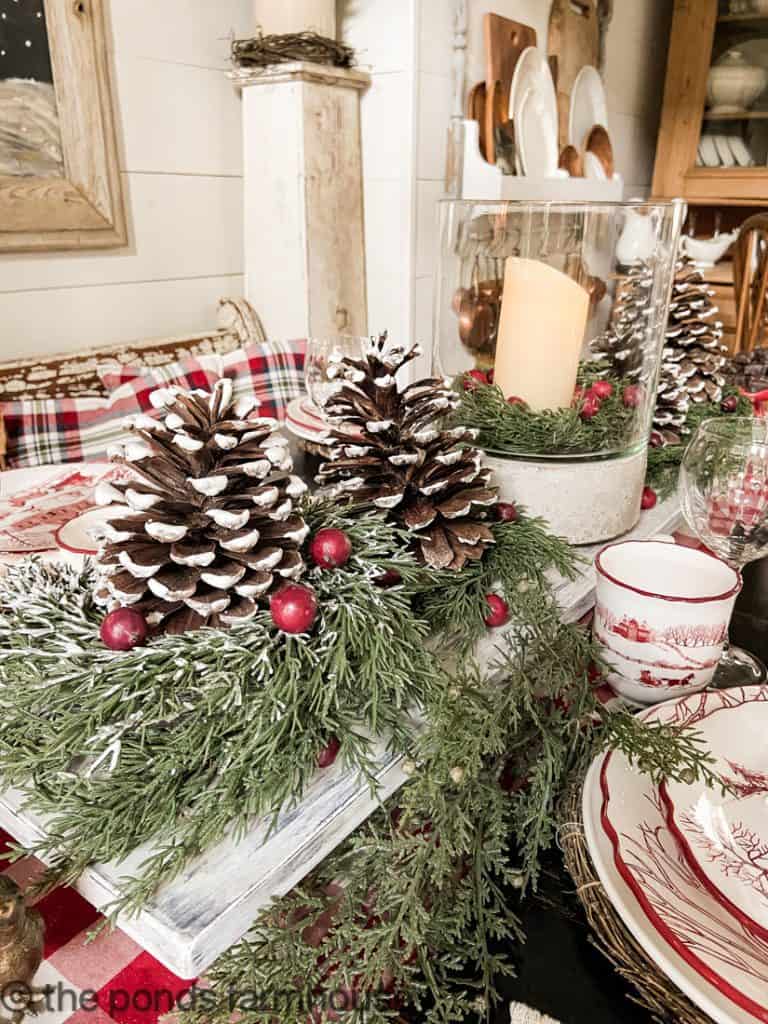
Wildflowers look great for fresh floral arrangements but can also be dried for a great fall wall display. These dried hydrangeas are combined with dried Queen Ann’s lace and wild ferns. See the tutorial for the original wildflower arrangement.
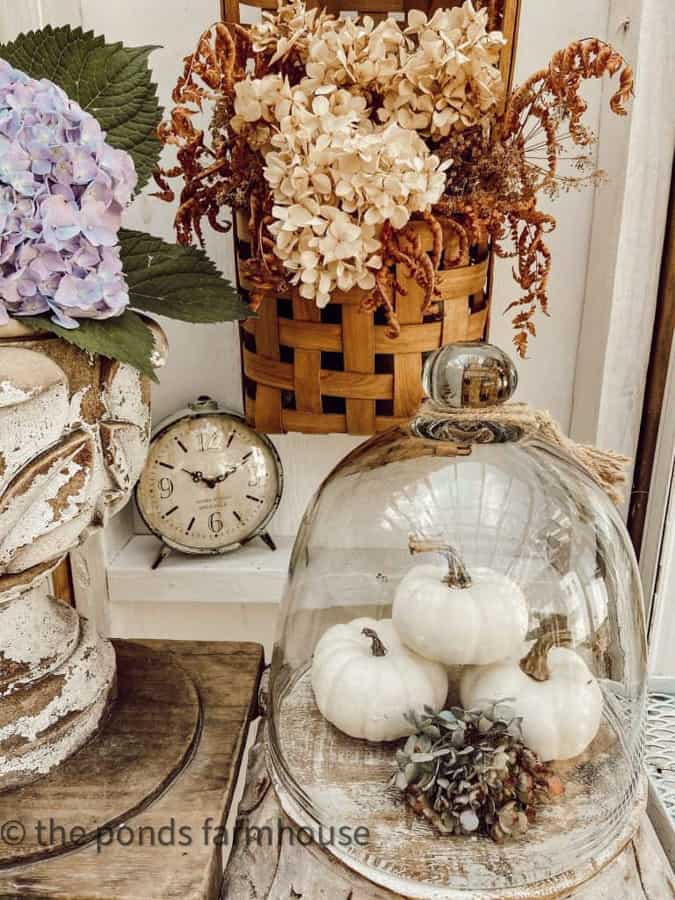
Dried cornstalks make lovely fall decorations. See more ideas for using corn stalks at 8 Cheap Corn Husk & Corn Stalk Crafts For Fall.

Magnolia leaves are great for filling planters with long-lasting greenery after your flowers are spent for the season. Plus, you can create seasonal wreaths like this preserved fall wreath and this Christmas wreath from a few years ago.
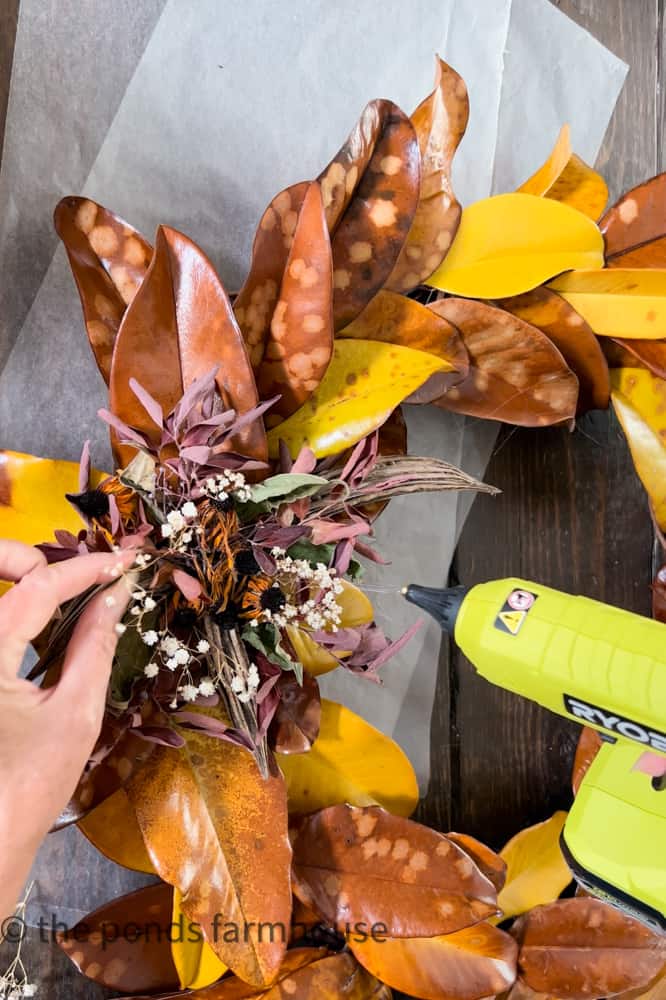
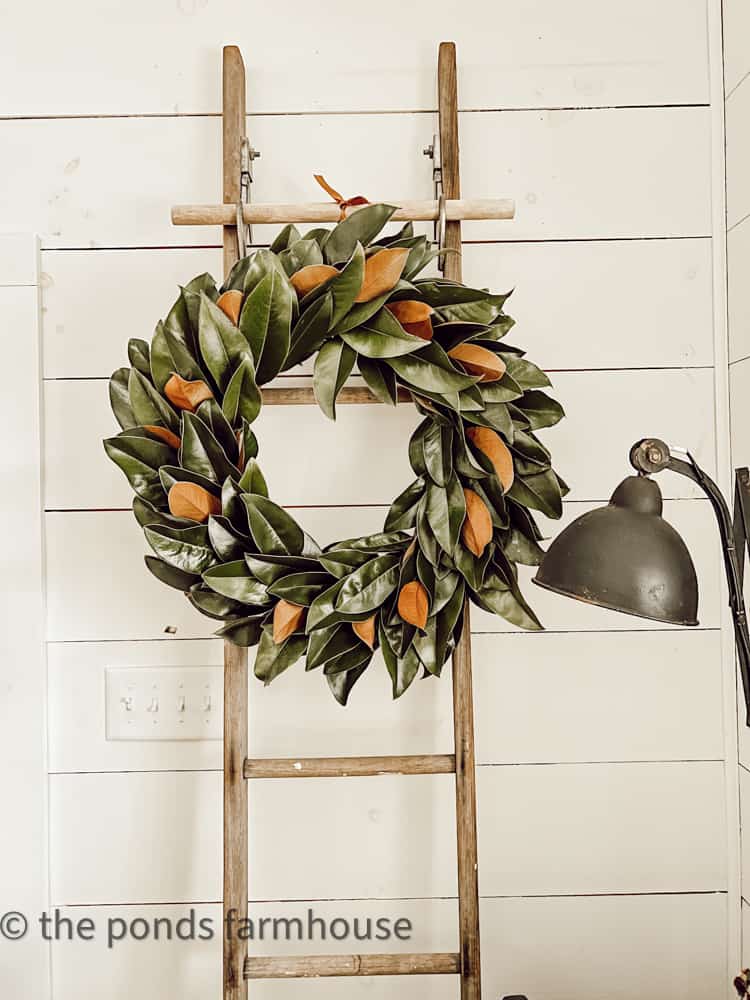
In Conclusion
I’m a big fan of foraging for free elements, but I’ve heard horror stories of bugs crawling out of your beautiful decorations. If you always take the precautions I have shared in today’s foraging safety guide, you can rest assured these disasters will not happen to you.
If you have ideas for using foraged elements, I’d love for you to share them with me. I’ll be happy to include them on this post.
Thank you for stopping by today and I look forward to sharing my next adventure with you!

Pin It To Remember It
Did you find some great ideas you’d like to save for future reference? To save, hover over the images and pin to your favorite Pinterest Boards when you see the PIN button in the upper left-hand corner.

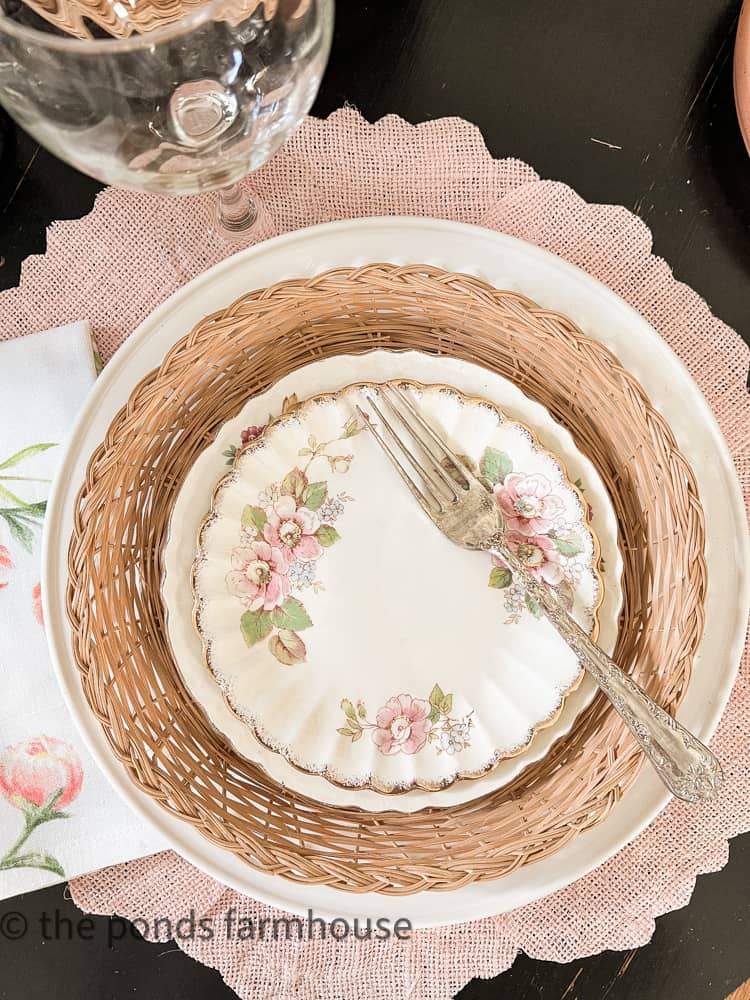
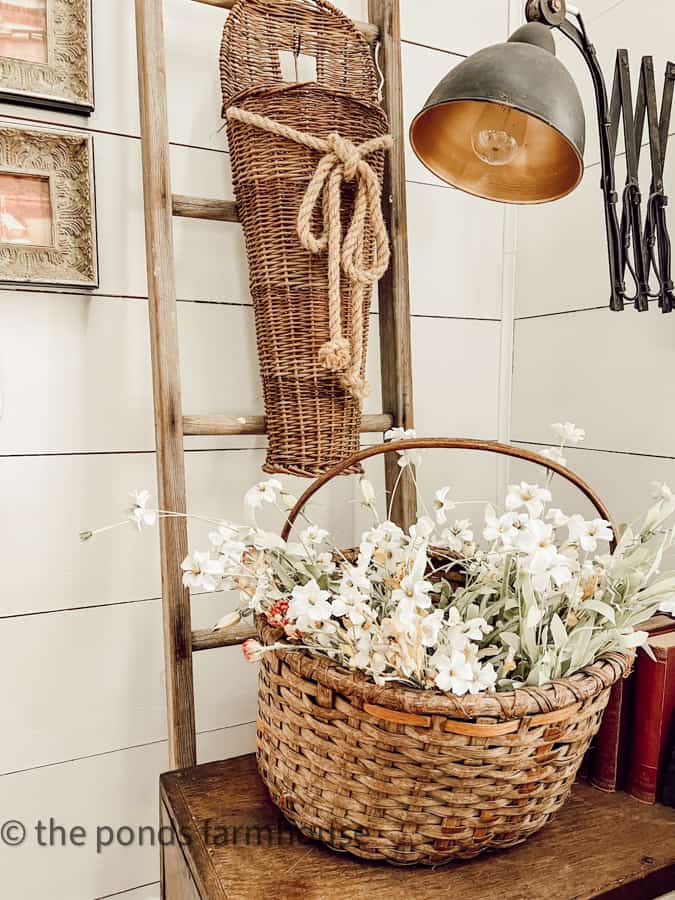

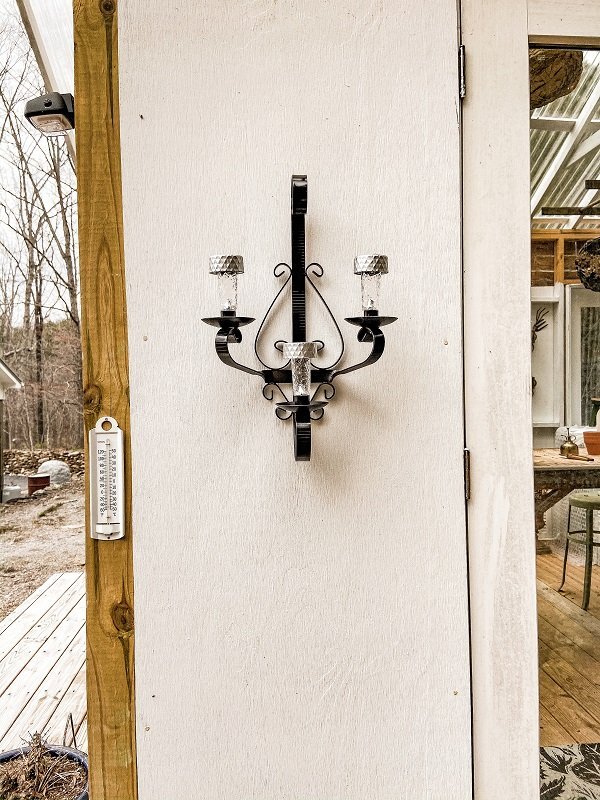

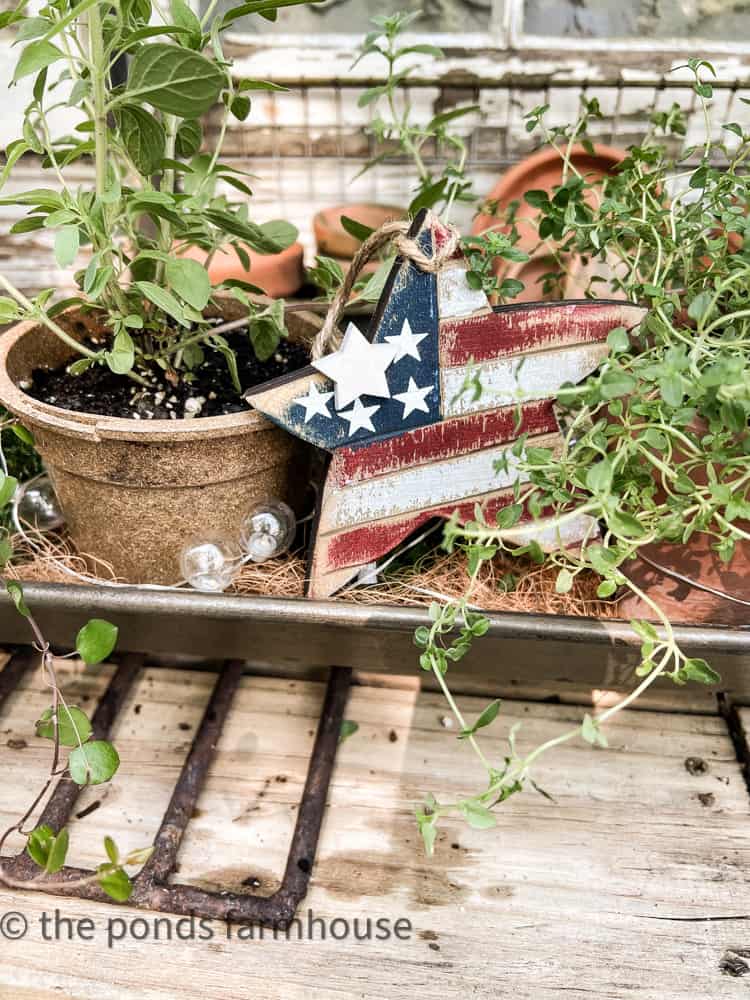
Love to gather natural materials for fall,and winter decor but I do want to mention a incident I had while gathering large pinecones in the Wilmington area. Stepped into a fireant hill in the sandy area I was foraging. Definitely a painful experience! Just keep an eye out for this nasty pests. We still got some wonderful N.C giant pine cones and have thoroughly cleaned them and used them in so many ways.
Kathy,
Some of the large pinecones you saw are from Kure Beach, just outside of Wilmington. Yes, you have to be careful. Thanks for sharing.
I wanted to bring home some Juniper this year but I wasn’t sure how to make sure it’s bug free. I didn’t think to spray it with dish soap in a water bottle! Now I will do that! Thank you!
Amy,
I’m so glad I could help. Thanks for stopping by.
Great tips for foraged materials. Your foraged decor is beautiful.
Angie,
I’m so glad you liked this post. Thank you for stopping by.
When I lived in WI, I would go to the edge of the lake that my grandmother lived on & cut down cat tails & then bring them home & spray them with hairspray. Then I would use them in flower arrangements. And I always cut some for an older couple that lived in Chicago when they visited. Looking back I wonder if there was a better way to preserve them?
I didn’t seem to have any problems then with them falling apart.
Deb,
I’ve never tried to preserve cat tails but I’d love to find some. Sounds like hairspray was the right choice if they didn’t fall apart.